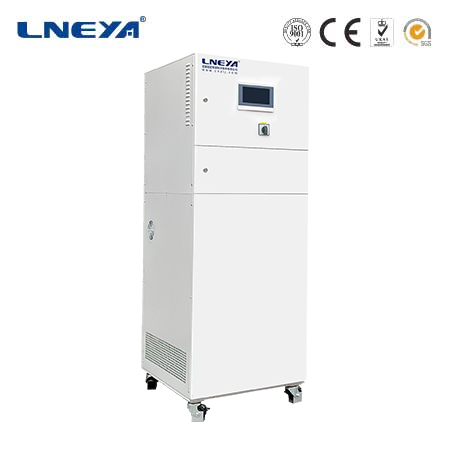water cooled package unit
Water-Cooled Package Unit: Efficient and Compact HVAC Solution
Water-cooled package units are a type of HVAC equipment that provides cooling through a water-cooled condenser, offering an efficient and space-saving solution for large commercial buildings and industrial processes. These units combine the evaporator and condenser into a single, compact package that can be easily installed and maintained.

How Water-Cooled Package Units Work
Water-cooled package units operate on the same basic principles as other HVAC systems, with the primary difference being the method of heat rejection. Instead of using air to dissipate heat from the condenser, these units use water. The water is circulated through a heat exchanger, where it absorbs heat from the refrigerant, and then carried to a cooling tower or heat sink to release the heat into the environment.
The operation of a water-cooled package unit involves the following steps:
Compression: The refrigerant is compressed by a compressor within the unit, increasing its temperature and pressure.
Condensation: The hot, high-pressure refrigerant flows through the condenser, where it releases heat to the circulating water.

Expansion: The refrigerant then passes through an expansion valve, which reduces its pressure and temperature.
Evaporation: The cooled, low-pressure refrigerant absorbs heat from the air or water it is intended to cool, and the cycle repeats.
Types of Water-Cooled Package Units
There are several types of water-cooled package units, including:
Floor Standing: These are the most common and can be installed on the ground, drawing air from the side and discharging it at the top through a duct.
Ceiling Hung: Smaller in size and designed to fit above the ceiling, these units also use ducts for air distribution.
Free Blow: This variant replaces the duct connection with a grille on the side, allowing it to blow air freely into an open space without the need for ducts.
Components of Water-Cooled Package Units
The key components of a water-cooled package unit include:
Compressor: Typically, these units have multiple compressors for capacity control and redundancy.
Condenser: The condenser can be a shell-and-tube or tube-in-tube heat exchanger, optimized for water cooling.
Evaporator: Similar to air conditioners, these units use finned-tube heat exchangers for the evaporator.
Controls: Most units have a built-in control panel for easy operation and integration with building management systems.
Applications and Benefits

Water-cooled package units are used in a variety of applications where precise temperature control is required, such as in data centers, industrial processes, and large commercial buildings. The benefits of these units include:
High Efficiency: They offer high cooling efficiency, especially in warmer climates where air-cooled condensers may struggle.
Space Saving: Being self-contained, they save space and simplify installation compared to split systems.
Reliability: With multiple compressors and robust construction, these units provide reliable operation even in demanding conditions.
Market Trends
The market for water-cooled chillers, including package units, is growing due to increasing demand for energy-efficient and environmentally friendly cooling solutions. Manufacturers are focusing on developing chillers with low global warming potential (GWP) refrigerants and improved energy efficiency, making them an attractive choice for new and retrofit projects.
In conclusion, water-cooled package units provide a compact and efficient cooling solution for a variety of applications. Their ability to operate effectively in different climates and their space-saving design make them a popular choice in the HVAC industry. As technology continues to advance, these units are becoming even more efficient and environmentally friendly, ensuring their continued growth in the market.
Related recommendations
portable chiller unit
372Portable Chiller UnitIn an increasingly dynamic and diverse range of industries, the demand for efficient and adaptable cooling solutions has led to the prominence of portable chiller units. Thes...
View detailsheating and cooling products
337Heating and Cooling Products: A Detailed OverviewMaintaining a comfortable indoor environment requires reliable heating and cooling solutions. This guide explores different types of HVAC (Heating,...
View detailswater chiller suppliers
188Water chiller suppliers are critical intermediaries in the cooling equipment market, connecting manufacturers with end-users who require water chillers for various applications. Their role extends...
View detailscirculation heater
350How Circulation Heaters WorkCirculation heaters operate on the principle of heating a fluid as it continuously flows through the heater. The basic structure typically consists of a heating elemen...
View details
 LNEYA Thermal Test Chillers
LNEYA Thermal Test Chillers






HelloPlease log in